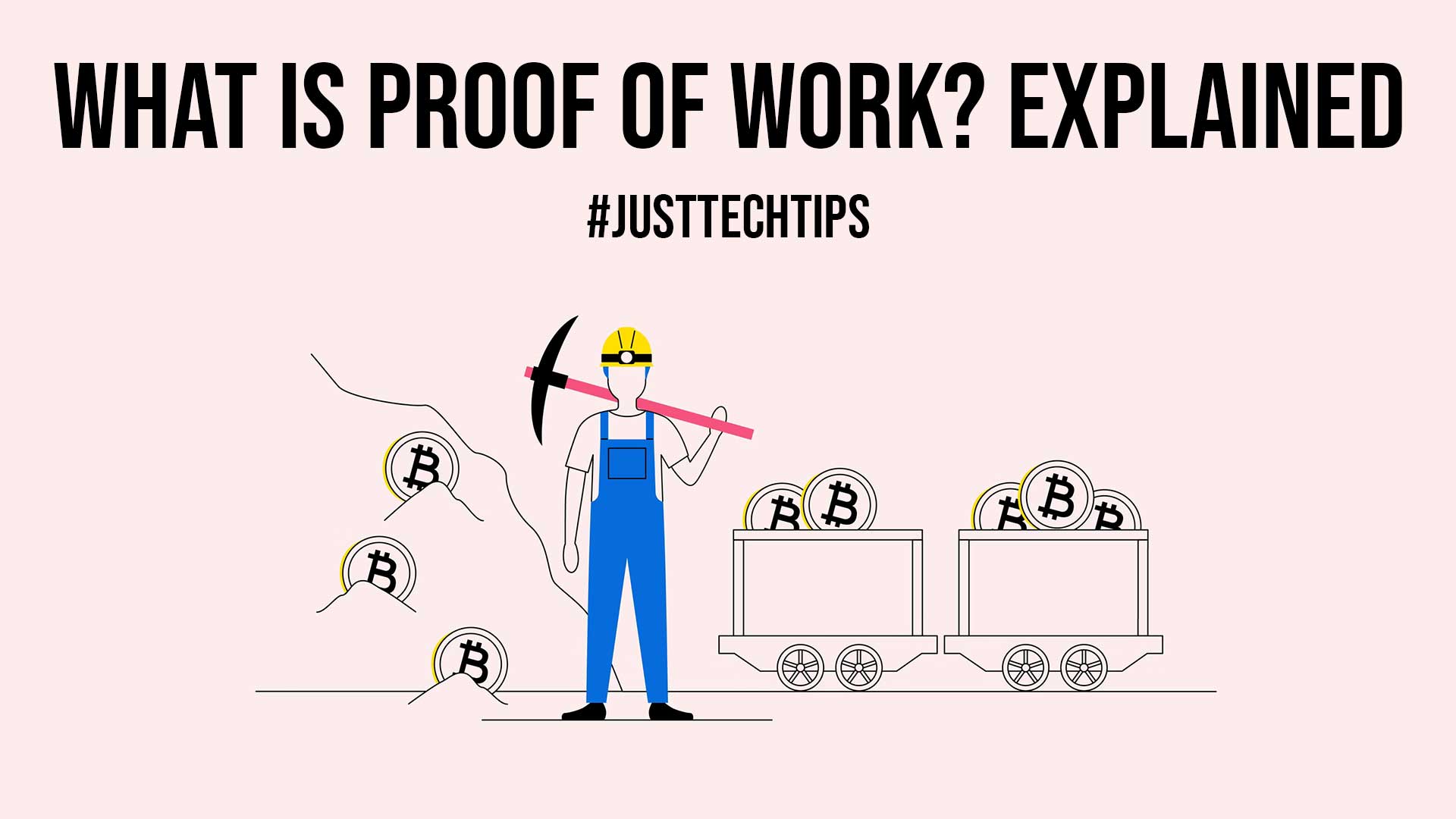Blockchains utilize a proof of work method to confirm the accuracy of transactions done on a blockchain. Decentralized networks utilized by digital currencies along with other defi programs have no central authority, therefore they utilize proof of work to protect the integrity of new information.

If you are interested in cryptocurrency, you may consider knowing about the 5 Truths About Bitcoin.
What does Proof of Work mean?
Cryptocurrencies lack central gatekeepers to check the reliability of completely new data and transactions added to the blockchain. They instead depend on a distributed network of participants to verify inbound transactions and also put them on the chain as new blocks.
The proof of work is a consensus method to select which of these system participants, known as miners, are permitted to undertake the rewarding job of verifying new information. This’s profitable since the miners are compensated with brand new crypto whenever they verify the brand-new information correctly and do not cheat the system.
“Proof of work is a program algorithm employed by Bitcoin along with other blockchains to make sure blocks are just considered legitimate in case they need a particular amount of computational power to create,” says Amaury Sechet, CEO of the cryptocurrency eCash. “It can be a consensus mechanism which enables anonymous individuals to believe in each other in decentralized networks.”
The phrase “work” is crucial in the proof of work. The system makes miners fight one another to finish arbitrarily mathematical puzzles initially to stop anyone from playing the device. The victor of the competition is going to be chosen to contribute to the blockchain the most recent set of information or actions.
The victorious miners get their new cryptocurrency just after other members in the system make sure the information is genuine and correct.
Also Read: Why is Blockchain Technology Important for Businesses?
Importance of Proof of Work
Bitcoin was the very first cryptocurrency that was made in 2008 by Satoshi Nakamoto. In a famous white paper, Nakamoto explained an electronic currency built on proof of work methods that could permit secure, peer-to-peer transactions without the participation of a central authority.
The double-spend issue was one of many obstacles experienced before whenever the creation of a useful electronic currency was put into motion.
Given that cryptocurrency is a type of information, there has to be a mechanism set up to avoid users from investing in the same devices in various places when the device records the transactions.
Although you would have a tough time investing the very same dollar bill on two distinct purchases, anybody who has copied a pc file by copying as well as pasting can most likely picture how you can invest electronic cash twice – even ten times or even more.
The consensus mechanism of Nakamoto resolved the double-spending issue. Proof of work helps avoid double-spending by offering incentives for miners to confirm the integrity of different crypto transactions before putting them in the distributed ledger that’s the blockchain.
Also Read: Understanding the Functioning of Blockchain
Mining and Proof of Work
Have a look at a standard bank account. Just how can I know in case I put in a check in my bank account and get reimbursed with the proper amount?
Just how does the individual that drafted the check trust that they are going to solely be deducted for the sum they published on the check? The worth of a bank is the fact that every one of the parties to a transaction believes in the bank to properly move cash available.
They’re not any financial companies or bankers to assure trust with cryptos. Miners as well as the verification of work as an alternative guarantee clear, correct transactions.
For any blockchain which utilizes evidence of work, the miners are the guardians as well as facilitators which help the device operate smoothly and efficiently.